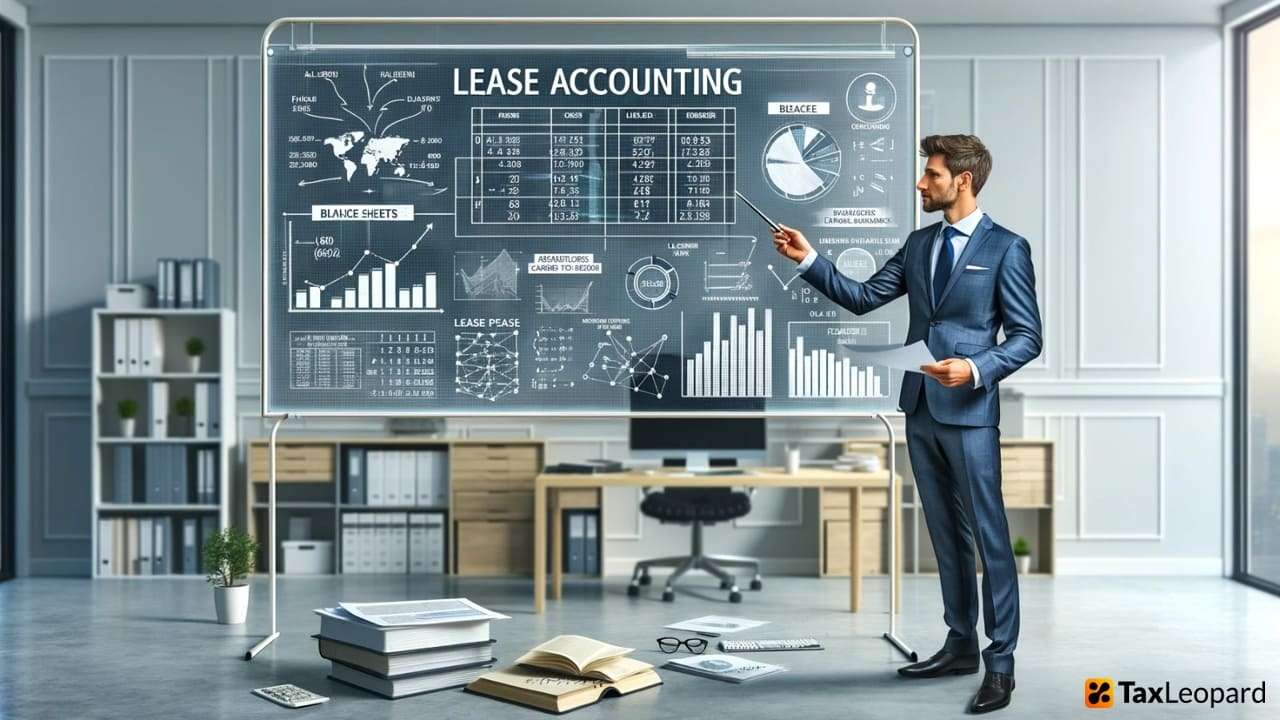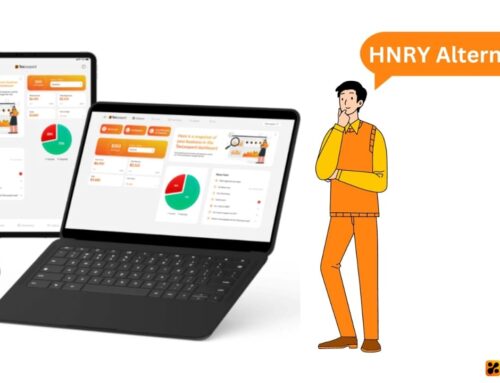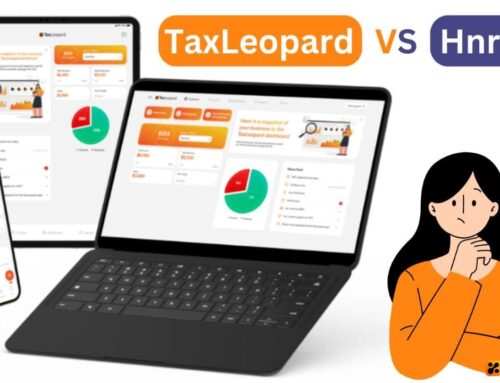Lease accounting, an often overlooked aspect of financial management, plays a pivotal role in portraying a company’s financial health. It involves the meticulous recording and management of lease agreements, crucial for accurate financial reporting. This process ensures compliance with international accounting standards, influencing crucial business decisions.
Understanding the significance of lease accounting is essential for stakeholders, from investors to managers, as it directly impacts a company’s balance sheets, tax obligations, and strategic planning. Essentially, it’s not just about numbers; it’s about maintaining trust in a company’s financial narrative.
Lease Accounting Relevance in Today’s Business Landscape
In the dynamic sphere of modern business, lease accounting holds unprecedented relevance. It serves as a cornerstone for transparent financial reporting and strategic decision-making. With evolving global markets, the way companies handle their lease agreements has direct implications for their financial health and investor relations. Accurate lease accounting ensures compliance with international standards, like IFRS 16 and ASC 842, which is critical for businesses operating in multiple jurisdictions. This adherence not only enhances credibility but also provides a clear picture of long-term financial commitments, which is crucial for investors and stakeholders. Therefore, lease accounting is not just a regulatory requirement but a strategic tool for business sustainability and growth.
Understanding Lease Accounting
Lease accounting is a fundamental process in financial management that is crucial for businesses to accurately reflect their financial position. It involves the systematic recording and reporting of lease agreements in a company’s financial statements. The current lease accounting standards, primarily IFRS 16 and ASC 842, have brought significant changes in how businesses handle lease agreements. These standards aim to provide more transparency and comparability across financial statements.
Classification of Leases
The classification of leases is a key step in lease accounting. Leases are typically categorized into two types:
- Operating Leases: These are agreements where the lessor retains significant risks and rewards of ownership. In operating leases, the lessee records only the lease payments as an expense over the lease term, impacting the income statement.
- Finance Leases (also known as Capital Leases): In finance leases, risks and rewards are substantially transferred to the lessee. Here, the lessee recognizes a lease asset and a lease liability on their balance sheet, reflecting the right to use the asset and the obligation to make lease payments.
This classification affects how lease transactions impact a company’s financial statements, influencing key financial ratios and decision-making processes.
Recognition of Lease Assets and Liabilities
The recognition of lease assets and liabilities is central to lease accounting under current standards. For finance leases, the lessee recognizes:
- Lease Liability: This is measured as the present value of lease payments. It represents the obligation to make future payments under the lease.
- Right-of-Use Asset: This is an asset that represents the lessee’s right to use the leased asset for the lease term. It is initially measured based on the lease liability plus any initial direct costs incurred by the lessee.
In contrast, for operating leases, the lessee typically does not recognize a lease asset or liability on the balance sheet. Instead, lease payments are recognized as an expense on a straight-line basis over the lease term, affecting the income statement. These recognition principles ensure that leases are accurately represented in a company’s financial reporting, providing a clearer picture of its financial obligations and resources.
Importance for Businesses
It holds paramount importance for businesses in the modern financial landscape. It provides a clear picture of a company’s financial obligations, reflecting on its balance sheet the true extent of leased assets and liabilities. Accurate lease accounting ensures that a business’s financial statements accurately represent its operational costs and asset utilization. This transparency is vital for gaining the trust of investors and creditors, as it showcases the company’s ability to manage long-term financial commitments effectively. Moreover, it assists in strategic decision-making, enabling businesses to evaluate the cost-effectiveness of leasing versus purchasing assets.
Tax Implications
The tax implications of lease accounting are multifaceted and significant. Correct classification and accounting of leases can have a substantial impact on a company’s taxable income. For instance:
- Lease Expenses: Operating leases, treated as expenses, can reduce taxable income.
- Capitalization: Finance leases, capitalized, lead to depreciation deductions and interest expenses.
- Deferred Taxes: The timing of lease expense recognition can affect deferred tax assets and liabilities.
These factors necessitate that businesses engage in strategic tax planning around their lease accounting practices. Understanding and applying the correct treatment of leases under tax law can optimize a company’s tax position, potentially leading to significant tax savings.
Risk Management
Risk management in lease accounting involves identifying, assessing, and mitigating the financial risks associated with lease agreements. It’s crucial in today’s business environment, where complex leasing arrangements can significantly impact a company’s financial statements and overall financial health. Effective risk management ensures compliance with relevant accounting standards and regulations, reducing the likelihood of financial discrepancies and legal issues. By proactively managing lease-related risks, companies can maintain accurate financial reporting and uphold their reputation in the market. This process involves regular review and analysis of lease agreements, keeping abreast of changes in accounting standards, and integrating robust internal controls to prevent errors and fraud.
Decision-Making and Strategy
It plays a pivotal role in organizational decision-making and strategic planning. It influences critical business decisions, such as whether to lease or buy assets and impacts long-term financial strategies.
- Lease vs. Buy Decisions: Companies must evaluate the financial implications of leasing versus purchasing assets. Lease accounting provides insights into the long-term financial commitments and potential liabilities associated with leasing, aiding in informed decision-making.
- Financial Planning: Understanding the impact of lease commitments on financial statements is key to strategic financial planning. This includes forecasting cash flows and managing debt levels, ensuring the company’s financial stability and growth.
- Budgeting and Resource Allocation: Accurate lease accounting helps in effective budgeting and resource allocation. Companies can better plan their expenditures and investments, aligning them with their strategic objectives.
- Compliance and Risk Management: Decision-making also involves ensuring compliance with financial regulations and managing associated risks. This is crucial for maintaining the company’s credibility and avoiding regulatory penalties.
Impact on Stakeholders
The implementation and management of lease accounting significantly impact various stakeholders, including investors, creditors, and internal management. For investors, accurate accounting ensures transparency in financial health, aiding in informed decision-making. Creditors, on the other hand, assess a company’s creditworthiness based on lease liabilities reflected in the financial statements. This information influences lending decisions and interest rates. Internal management uses lease accounting data for strategic planning, budgeting, and performance evaluation. Ensuring compliance with accounting standards also safeguards the company’s reputation and investor confidence. Hence, effective lease accounting is crucial to maintaining the trust and support of all stakeholders involved.
Technology in Lease Accounting
Advancements in technology have revolutionized lease accounting, enhancing both accuracy and efficiency. Key developments include:
- Automated Lease Management Systems: These systems streamline the process of managing lease portfolios, reduce manual errors, and save time.
- Integration with Financial Software: Technology allows for seamless integration with existing financial systems, ensuring consistent data flow and reporting.
- Data Analytics: Advanced analytics provide deeper insights into lease data, aiding in strategic decision-making and risk assessment.
- Compliance Tools: Specialized software helps in staying compliant with changing accounting standards like IFRS 16 and ASC 842.
- Cloud-Based Solutions: These offer flexibility and accessibility, allowing for real-time updates and collaboration across departments.
These technological innovations not only simplify lease accounting processes but also provide strategic advantages in terms of compliance, decision-making, and overall financial management.
Conclusion
Lease accounting is more than just a compliance requirement; it’s a strategic tool that shapes a company’s financial story. Accurate lease accounting practices lead to better-informed decisions, enhanced investor confidence, and efficient risk management. As businesses navigate the complexities of financial transparency, the role of lease accounting becomes increasingly vital. Isn’t it intriguing to consider how something as specific as lease accounting can have such a far-reaching impact on a company’s success and credibility?
FAQs
1. What exactly is lease accounting?
It involves recording and managing lease agreements in financial statements, which is crucial for transparency and compliance.
2. Why is it crucial for businesses?
It affects a company’s financial reporting, impacting decisions, investor trust, and compliance with accounting standards.
3. How does lease accounting impact a company’s financial statements?
It determines how lease obligations are recorded, affecting balance sheets and financial ratios.
4. What are the challenges associated with it?
Keeping up with regulatory changes and accurately classifying and reporting lease data are major challenges.
5. Can lease accounting influence business decisions?
Yes, it provides critical financial data that influences decisions like asset acquisitions and strategic planning.





